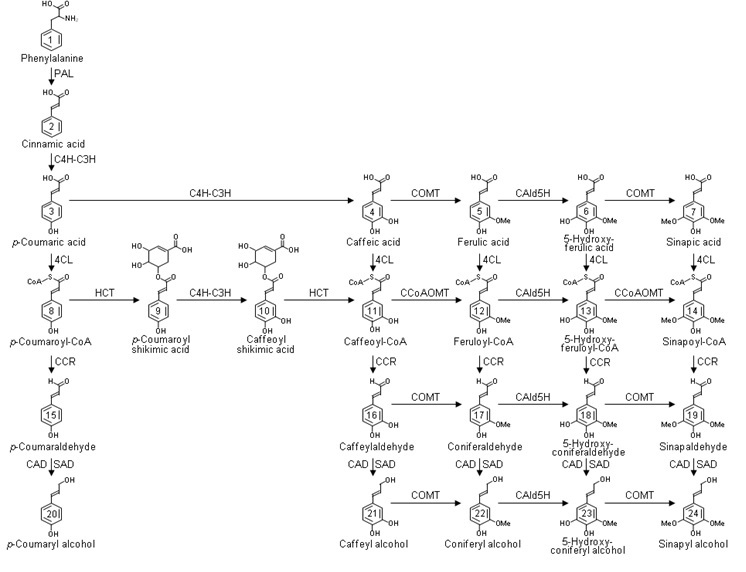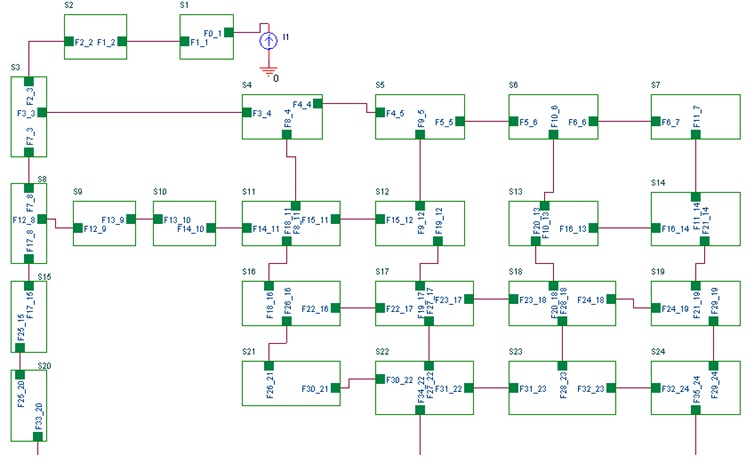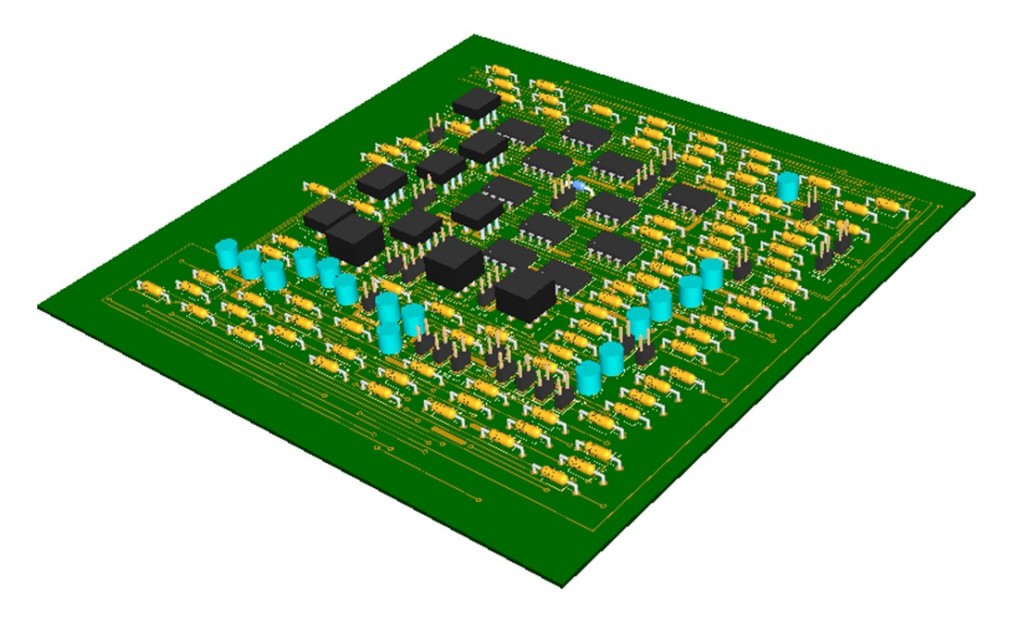Genetic modifications of organisms and plants are becoming commonplace in many applications such as genetically modified foods, paper production, and biofuel production. Genetic modifications have the potential to offer many advantages such as providing the scientific basis for growing agricultural products with reduced use of insecticides and producing fuels with reduced environmental impact. The successful development of genetically modified products requires that engineers and scientists from a range of disciplines and backgrounds work together. In research funded by the National Science Foundation, a research team led by CCEE professor Joel Ducoste is developing an electronic circuit framework as an educational tool for simulating, and visualizing the behavior of metabolic pathways, thus making it easier for engineers and scientists to collaborate. This novel tool will also allow students to learn in a “hands on” way how biological pathways behave and respond to genetic modifications or environmental stresses. Current work is focused on representing the lignin biosynthesis pathway which is of important for the development of fuels from plant materials. The research team includes CCEE student Punith Naik, Electrical and Computing Engineering Associate Professor Dr. Cranos Williams and students Cody Elington and Julio Valeriano.



